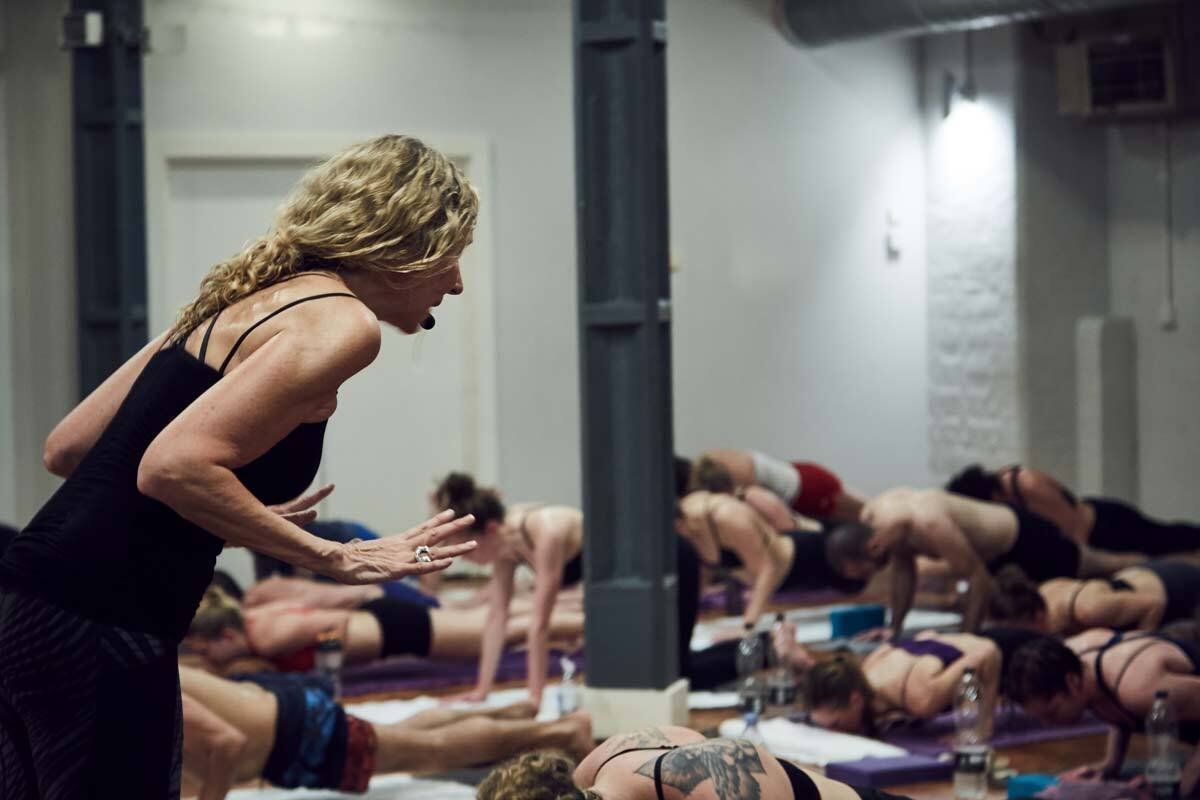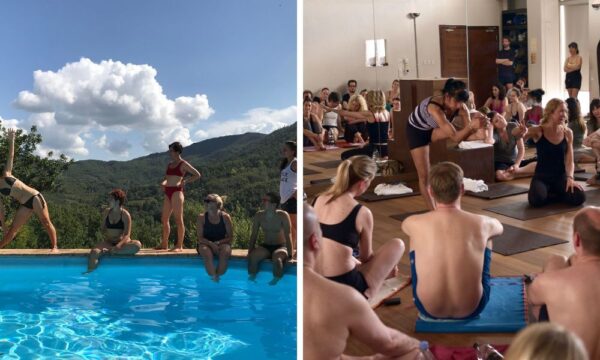Fierce Grace founder Michele shares her insights into what can seem confusing for a new teacher but is ultimately a rewarding proces.
You might have heard teachers say they are “finding their voice” or come across articles about discovering your own teaching style. This can make a less experienced teacher feel as if there is something missing in their teaching, or worse, prompt them to fake a style or personality when teaching such as “ass-kicking motivator” or “spiritual-disciple” or whatever it might be just to stand out from the crowd.
Our “voice” as a teacher is simply who we actually are, what we really care about, and our areas of sensitivity and skill at any particular period in our career. Developing this isn’t something we can necessarily forcefully cultivate. The natural development of your teaching style is something that you grow into almost without knowing or realising, and that can change as we grow and develop.
Having mentored hundreds of teachers over 25 years I have come to see that most new teachers have so much to work on during those first years of teaching that “finding your own voice” can be just another area to worry about, when it need not be. I didn't begin to know who I was as a teacher until I had been teaching for about 10 years. The best way to develop your voice as a teacher is simply to teach, and teach a variety of people, for a long time, and work to engage with people, ask questions and not be afraid of not knowing the answers. During that process you’ll find yourself particularly sensitive to certain types of people or particularly interested in certain areas of the teaching process.
You might also discover that whilst your style is more motivating or more sensitive, that is not necessarily the area to develop. If we have a particular strength we can become more rounded as teachers if we develop the opposite qualities. When I began teaching my style was quite “hardcore” as that was how I practised. Over the years I began to develop my own sensitivity and depth and this came through in my teaching.
For a new teacher to try to come up with “who they are” and what their “personality” is too quickly could hinder the natural emergence of their true voice. Just as our yoga practice develops and changes, our teaching develops and evolves naturally. Being too prescriptive with labels like “I want to be the most motivating teacher” or “I want to draw people towards meditation and breath” can limit unexpected areas of ability, talents and sensitivity from developing.
If you wish to get started on this rewarding process, here are a few tips that might help you find your deep inner leanings:
1) Think about your life outside your yoga teaching and practice. Look at what kind of person you are. What do you feel is important in life? What kind of person would you like to be?
2) How would you like to help others? Where are you sensitive to yourself, and how do you feel you could draw others to their sensitivity? How do you motivate yourself and how might you inspire others?
3) What deep values do you hold? Inspect them, be sure they are yours. Write them down, refine them. Having discovered these, consider how they could be translated into teaching others. For example, if honesty is one of your core values, then perhaps you could demonstrate your worst yoga poses in the class, not your best ones, and let people see your authenticity and humanity. This would be a real, honest connection with your students.
If commitment is one of your values, share how you have struggled to stay committed when the going got tough by sharing how you might have wanted to give up yoga in the early days. This type of sharing can be far more helpful to your students than lecturing from a distant proverb or spiritual text.
If you are at the stage where you still feel you’re just out there sticking to a script, or set format and unable to share who you are, perhaps ask yourself these questions:
1. Why am I teaching yoga?
2. What do I get out of teaching? (Be honest, it’s not always altruistic.)
3. Who do I care about the most? The young? The old? The fit? The broken? Why? Where does this stem from in my life?
4. What would my friends say was my best and most obvious personality trait? Am I naturally funny? Am I a clear communicator? Do I have a calming or energising presence? Ask them to identify your strengths and weaknesses. Often these traits are going to form part of your real voice.
5. Study, read, go to courses, other classes, and feel in your own body and mind which parts of this enormous and rewarding vocation touch you the most deeply.
To develop an authentic and real teaching voice and not simply a fake veneer takes a long time, deep work, and introspection. Ultimately who you are as a teacher is who you are as a person. Discovering this is a life changing process that will enhance your life and the lives of those you teach.
------------------
ABOUT THE AUTHOR
Michele Pernetta is a leading yoga teacher and the founder of Fierce Grace. She has dedicated the last 28 years to the study of yoga and how to widen yoga’s reach. She developed the 12 class Fierce Grace Method so that people of all ages and fitness levels were able to tailor their practise to their own needs within a unified method. Read her full bio here.

